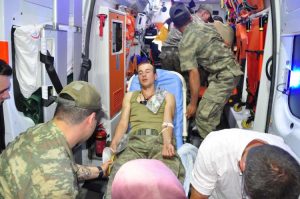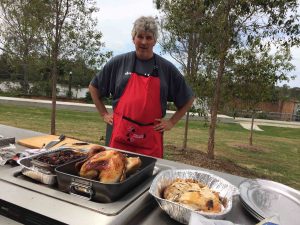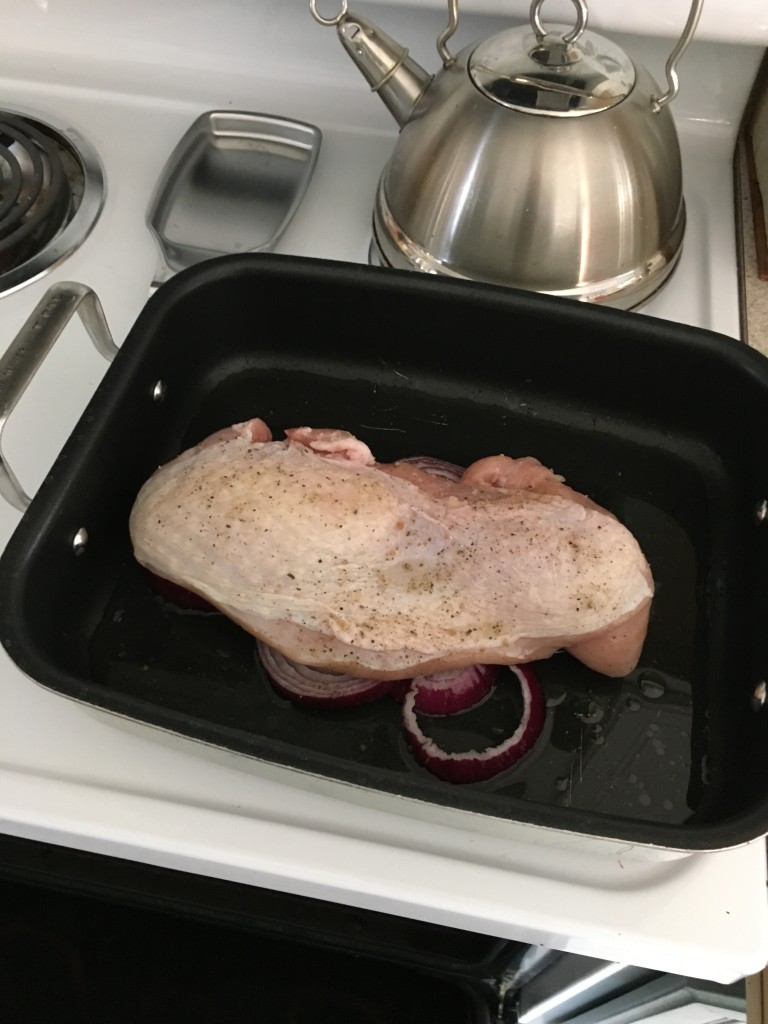The leading cause of immobilizing U.S. troops?
My former dean was known as Dr. Clorox while serving in Vietnam.
I used to give these training sessions to food types headed for Iraq and Afghanistan from Fort Riley (in Manhattan, Kansas) and would sheepishly say, I have no idea what you’re going to face in terms of potable water, but bleach is your friend.
Prayer won’t make food safe, but science can help.
An outbreak of foodborne illness was first detected on May 23, 2017 at the training center of the First Manisa Infantry Brigade in western Manis in Turkey. Up to 1,000 were sickened, with one death and 46 hospitalizations.
Dr. Tur Yildiz Bicer, who is also a deputy of the main opposition group, the Republican People’s Party (CHP), visited the soldiers attended at the provincial hospital and the tests concluded that soldiers were infected with salmonellosis through game meat which was on the barracks menu.
“In the samples were traces of the bacterium Salmonella, which is transmitted through meat, especially poultry, If not well cooked or stored according to health regulations,” said the doctor, and recalled that the soldiers ate turkey meat the night the infection began.
On June 17, 2017, the Daily Sabah reported a total of 590 Turkish soldiers were hospitalized in the western province of Manisa following complaints of nausea and vomiting. It is the latest case of mass poisoning at military bases in Manisa that have been plagued by such incidents since late May. An investigation is already underway while police early Sunday arrested 21 employees, including executives of the catering firm that provides food to the base and others in the province.
The soldiers’ complaints at the 1st Infantry Training Battalion Command began following a dinner. The Manisa Prosecutor’s Office said in a statement Sunday that 731 soldiers were affected by the tainted meal.
The Manisa governorate announced yesterday that food services from the catering firm were suspended and meals will be provided to the base temporarily. Manisa Governor Mustafa Hakan Güvençer said a delegation from the Public Health Institute, the highest public health authority and a delegation from the Land Forces Command that oversees military bases hosting training for conscripts, were investigating the issue. Military compounds in Manisa function as two main training bases for thousands of conscripts who are dispatched to other cities after completing a month-long training course there.















